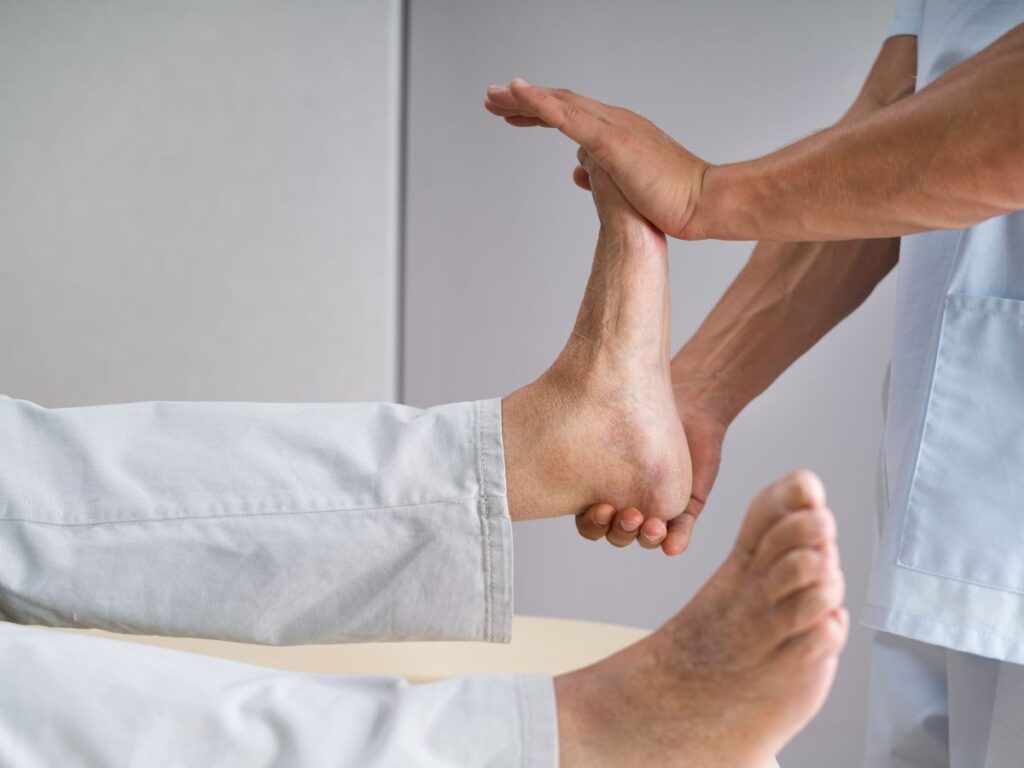Why Neck Pain Demands Specialized Care
Neck pain is a prevalent issue affecting people of all ages, but it can become particularly debilitating with age or after an injury. The neck, or cervical spine, not only supports the weight of the head—roughly 10 to 12 pounds—but also enables complex movements like rotation, flexion, and extension. This versatility makes the region prone to muscle strain, disc problems, and joint degeneration. While medications and rest may offer temporary relief, a structured physical therapy program can address the underlying causes of neck discomfort, such as poor posture, weak musculature, or misaligned vertebrae. Through targeted exercises and manual techniques, physical therapy aims to restore normal biomechanics, reduce pain, and enhance everyday function.
Key Contributors to Neck Pain
People often attribute neck pain to “sleeping wrong” or spending too many hours hunched over a computer. While these are indeed common triggers, the root causes can be multifaceted. Sustained poor posture can strain neck muscles, leading to tension headaches or chronic stiffness. Degenerative conditions, like cervical spondylosis, may narrow the spinal canal and compress nerve roots. Meanwhile, injuries such as whiplash can disrupt the normal curvature of the neck, compounding pain over time if not properly treated. Identifying these contributors is essential for designing an effective therapy plan, which might incorporate posture training, muscle strengthening, or spinal mobilizations to improve alignment.
The Role of Physical Therapy
Physical therapy goes beyond simple symptom management. Its primary goal is to address mechanical and muscular imbalances through evidence-based interventions. A typical therapy plan begins with an in-depth evaluation of cervical range of motion, posture, muscle strength, and neurological function. From there, your therapist will tailor a set of techniques—like manual therapy, traction, stretching, or specific exercises—that target problem areas. By gradually introducing and progressing these techniques, the therapy process not only eases pain but also reduces the chance of recurrence. At-home exercises and education on ergonomics often reinforce these benefits, empowering patients to take control of their recovery.
Common Therapy Techniques
Physical therapists employ various methods to relieve neck pain. These can include:
- Manual Mobilizations: Gentle joint or soft tissue mobilization to improve cervical spine flexibility.
- Traction: Using either manual or mechanical methods to decompress the cervical discs and reduce nerve impingement.
- Postural Training: Teaching correct head, neck, and shoulder alignment to minimize repetitive strain.
- Strengthening Exercises: Targeting deep neck flexors and scapular stabilizers to support healthy spine alignment.
- Myofascial Release: Relieving tension in the fascia surrounding muscles, which can reduce stiffness and pain.
Each technique is chosen based on the individual’s presentation, ensuring therapy aligns with specific functional goals—such as turning the head without pain or carrying groceries without stiffness.
The Role of Dr. Elham
Dr. Elham, a seasoned practitioner who frequently collaborates with physical therapists, underscores the significance of aligning the cervical spine for overall well-being. By identifying underlying causes of neck pain—like forward-head posture or misaligned vertebrae—Dr. Elham can contribute adjustments and guidance that complement physical therapy sessions. Whether through gentle cervical manipulations or targeted home exercises, this collaborative approach ensures patients get a well-rounded plan that addresses both the structural and muscular aspects of their neck pain. Additionally, Dr. Elham often provides ergonomic suggestions and lifestyle recommendations, further reducing risk factors that perpetuate chronic discomfort.
Stretching and Strengthening at Home
While hands-on therapy is crucial, much of the progress happens between clinic visits. Therapists typically recommend a home exercise program (HEP) tailored to each patient’s needs. Neck stretches—like the upper trapezius or levator scapulae stretch—can release tension, whereas strengthening exercises—like chin tucks or scapular squeezes—build stability. Proper execution is key; performing these exercises incorrectly can aggravate pain. Hence, therapists often demonstrate each movement, ensuring patients learn correct technique and timing. Consistency with home exercises accelerates healing, enhances spinal alignment, and fosters a sense of autonomy in managing neck health.
When to Seek Therapy
Early intervention often prevents mild neck stiffness from spiraling into chronic pain or nerve-related complications like numbness or weakness in the arms. Red flags include persistent discomfort lasting more than a few days, recurring headaches, or any tingling sensations radiating into the shoulders or hands. If you notice reduced range of motion—such as difficulty turning your head while driving—consult a physical therapist. Delaying care can complicate recovery, as prolonged inflammation or muscle guarding becomes harder to reverse. With Dr. Elham’s integrated insights, therapy can pinpoint root causes and reduce the likelihood of re-injury, sparing you long-term complications.
Managing Work and Daily Routines
Many neck pain sufferers sit or stand in fixed positions for long work shifts, whether it’s a desk job or a factory floor. Therapists often offer practical advice for modifying tasks—like adjusting monitor height, using a hands-free headset, or positioning reading materials at eye level. Small ergonomic tweaks can significantly lower strain on cervical muscles. Even daily routines like cooking, reading, or television watching can be optimized by ensuring your environment supports neutral spine alignment. Frequent breaks to stretch or reposition the head and shoulders also mitigate tension buildup, making a big difference in pain levels over time.
Potential Complications If Untreated
Though neck pain might seem like a minor inconvenience, ignoring it can lead to more serious issues. Chronic inflammation can spur the formation of bone spurs or contribute to spinal stenosis, where nerve compression becomes a persistent challenge. In turn, weakness in the arms, hands, or fingers may surface, complicating daily tasks like gripping or lifting. Untreated neck pain can also lead to compensatory patterns, causing tension in the shoulders and upper back. Migraines or tension headaches often escalate in severity, diminishing overall quality of life. Hence, timely intervention not only spares future discomfort but preserves function and independence.
Setting Realistic Expectations
Progress in physical therapy for neck pain isn’t instantaneous. Most patients notice gradual improvements—first in reduced pain intensity, then in enhanced flexibility or strength. Rehabbing a chronic condition might require several weeks or even months of consistent effort, punctuated by periodic reevaluations to measure gains. Therapists may tweak the treatment plan as you respond, introducing more challenging exercises or advanced manual techniques. It’s crucial to communicate regularly about any lingering discomfort or new symptoms. This open dialogue keeps the therapy process adaptable, ensuring each phase of your recovery aligns with your evolving needs.
Partnering for Long-Term Success
Ultimately, the success of any physical therapy program depends on patient involvement. By attending scheduled sessions, performing home exercises, and adhering to ergonomic recommendations, you gain a proactive role in sustaining neck health. Dr. Elham’s alignment expertise can further refine your progress, addressing subtle spinal misalignments that perpetuate neck strain. As your discomfort subsides, maintenance visits—once a month or quarterly—can reinforce healthy habits and preempt regression. This holistic approach, uniting physical therapy and chiropractic insight, not only tackles current pain but fortifies your neck against future setbacks. Embrace these strategies, and you’ll soon find daily tasks—like turning your head to greet a friend or checking traffic—feel effortless once more.






